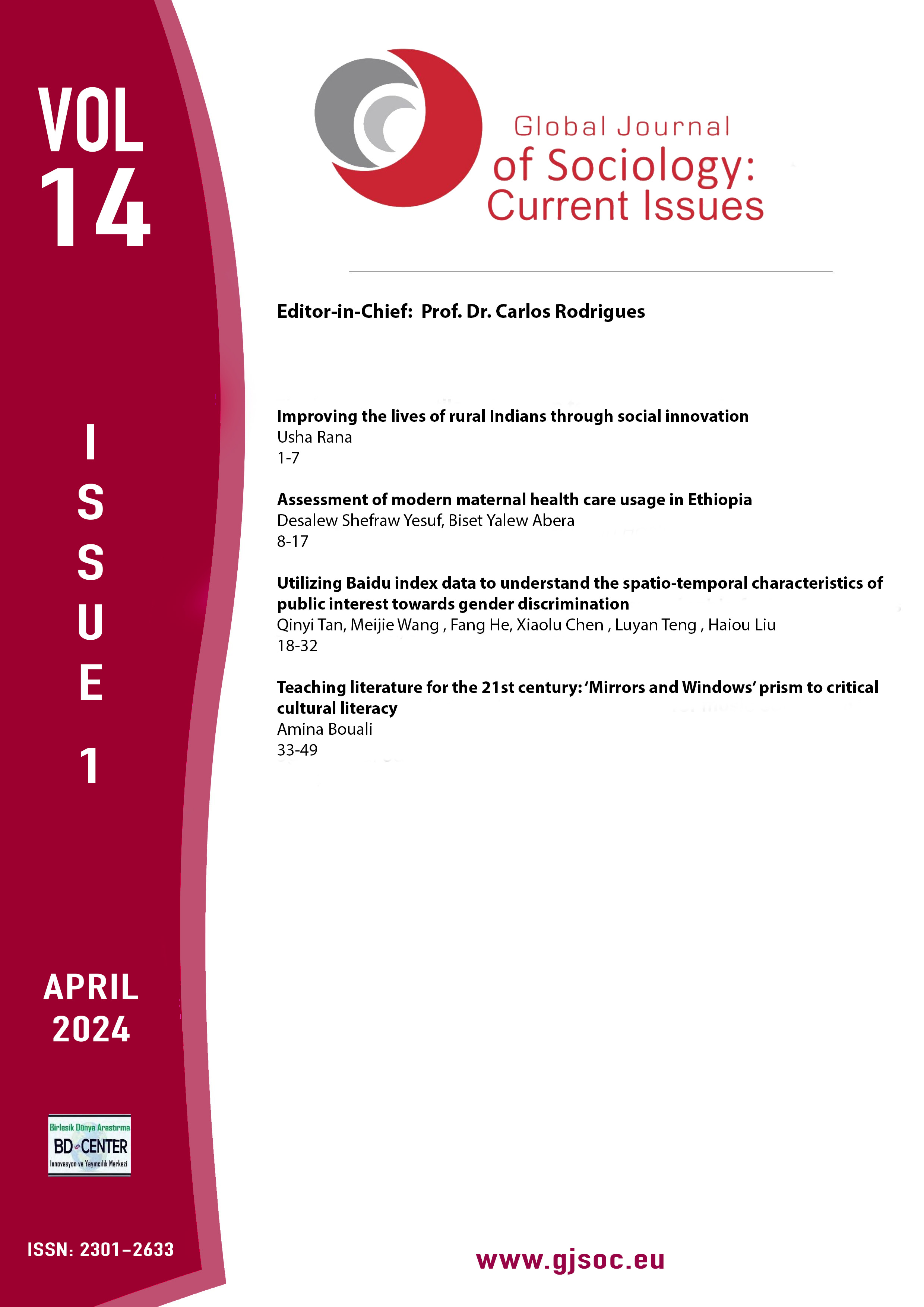Improving the lives of rural Indians through social innovation
Main Article Content
Abstract
India is a country of villages, and a significant proportion of the population lives in the rural area. There are several fundamental challenges in the Indian villages. There is a requirement for a holistic approach to participatory development. This study addresses important facets of the interconnected problems that Indian rural society has experienced in recent decades, highlighting the dysfunctional relationships between an innovation policy that is grounded on an economically and technologically oriented, one-sided understanding of innovation. There are two aspects, first, possibilities within the village or contributions from the local community, and second the state's role in innovation. The social capital, use of local resources, and participation of stakeholders can be seen as a base for the sustainable development of the village. The study recommends the state enable rural areas in the affordable agriculture system and other small occupations, information and communication technology (ICT), communication, vocational skills courses, self-help groups, and microfinance.
Keywords: Information and communication technology (ICT); rural development; social capital; social innovation.
Downloads
Article Details
- Authors retain copyright and grant the journal right of first publication with the work simultaneously licensed under a Creative Commons Attribution License that allows others to share the work with an acknowledgement of the work's authorship and initial publication in this journal.
- Authors are able to enter into separate, additional contractual arrangements for the non-exclusive distribution of the journal's published version of the work (e.g., post it to an institutional repository or publish it in a book), with an acknowledgement of its initial publication in this journal.
- Authors are permitted and encouraged to post their work online (e.g., in institutional repositories or on their website) prior to and during the submission process, as it can lead to productive exchanges, as well as earlier and greater citation of published work (See The Effect of Open Access).
